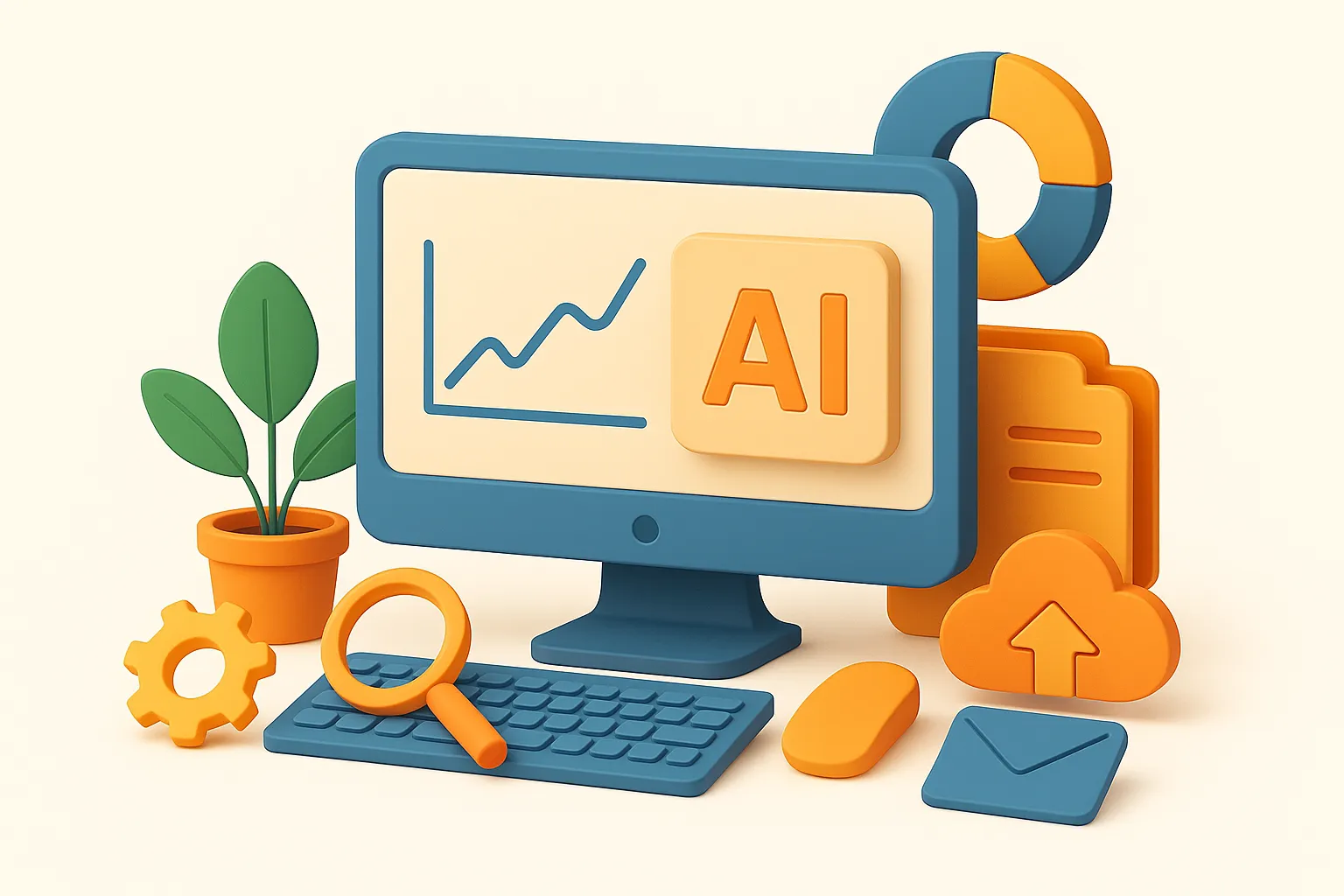10 Real-World AI Use Cases You Can Integrate Into Your B2B SaaS Product

The goal isn’t just to add AI.
It’s to use AI to make products more intuitive, more powerful, and more valuable to the people using them every day.
The result?
Improved onboarding, better UX, and higher paid conversion — all with features your customers actually want to use.
AI is quickly becoming a core expectation in B2B SaaS.
No longer just a buzzword, it’s now a strategic differentiator. It’s being used to speed up workflows, reduce manual effort, and create more adaptive user experiences across SaaS platforms.
But most product teams don’t need to reinvent the wheel. The real opportunity?
Add targeted AI enhancements to the workflows your users already rely on.
Here are 10 real-world AI use cases B2B SaaS companies can integrate to drive real impact without a complete rewrite.
1. AI Summarization for Activity Streams and Reports
Long activity logs, audit trails, and updates are essential in SaaS, but they’re hard to parse.
Let AI generate:
- Summary digests for activity feeds
- Daily or weekly reports in plain English
- Executive summaries for dashboards
Works well in: Project management, CRMs, collaboration tools, finance apps
2. Context-Aware Search (Semantic + Vector)
Your users don’t search for “exact match” — they search for meaning.
Enable:
- Semantic document search
- Vector-based search across customer records
- Natural language queries like “Show me open invoices from Q2 over $5K”
Works well in: Knowledge bases, analytics tools, financial systems
3. Auto-Tagging and Smart Categorization
Manual tagging is a pain but necessary in complex B2B workflows.
Let AI:
- Auto-tag support tickets, leads, tasks
- Group user feedback into themes
- Detect sentiment or priority level
Works well in: Support platforms, CRMs, HR tech, PLG tools
4. Personalized Dashboards and Recommendations
Make your app feel like it understands the user.
- Recommend metrics to track
- Surface likely actions or tasks
- Suggest next steps based on behavior
Works well in: BI tools, productivity software, workflow automation apps
5. Automated Drafting for Communication
Don’t just help users send emails — help them draft better ones.
AI can generate:
- Email responses to customers or leads
- Internal updates
- Status reports or progress notes
Works well in: CRMs, helpdesk platforms, internal comms tools
6. Natural Language Command Interfaces
Let users tell your product what they want in plain language.
- “Create a report for sales in EMEA last quarter”
- “Export all high-priority bugs from this sprint”
This builds a foundation for agentic UX where intent drives action.
Works well in: Admin dashboards, data platforms, ops tools
7. Smart Onboarding and Feature Coaching
Most SaaS onboarding flows are static. AI can make them dynamic.
- Tailor onboarding based on user goals
- Answer “how do I…” questions in real time
- Suggest underused features
Works well in: Any product with more than five features or complex workflows
8. AI-Driven Alerts and Anomaly Detection
Detect issues before your users even realize them.
- Unusual logins or API calls
- Billing spikes
- Missed SLAs or user inactivity
Works well in: Devtools, security platforms, finance or billing SaaS
9. Document and Workflow Automation
Have AI handle the boring stuff.
- Generate contracts, proposals, policy drafts
- Interpret incoming documents and auto-respond
- Classify forms or attachments
Works well in: Legal tech, procurement tools, HR software
10. Embedded AI Assistants (Chat + Actions)
This isn’t just a chatbot bolted on.
- Let users ask questions and take action via chat
- Offer suggestions inside workflows
- Guide users through multi-step processes conversationally
Works well in: Any app with complexity or multi-step tasks
Final Thoughts
B2B SaaS users don’t want AI. They want to move faster, work smarter, and get better outcomes with less friction.
The goal isn’t to reinvent your app. It’s to identify high-leverage moments where AI makes life easier for your users.
Start with this:
What’s slow, repetitive, or confusing in your product?
That’s where AI belongs.
Andrés Max